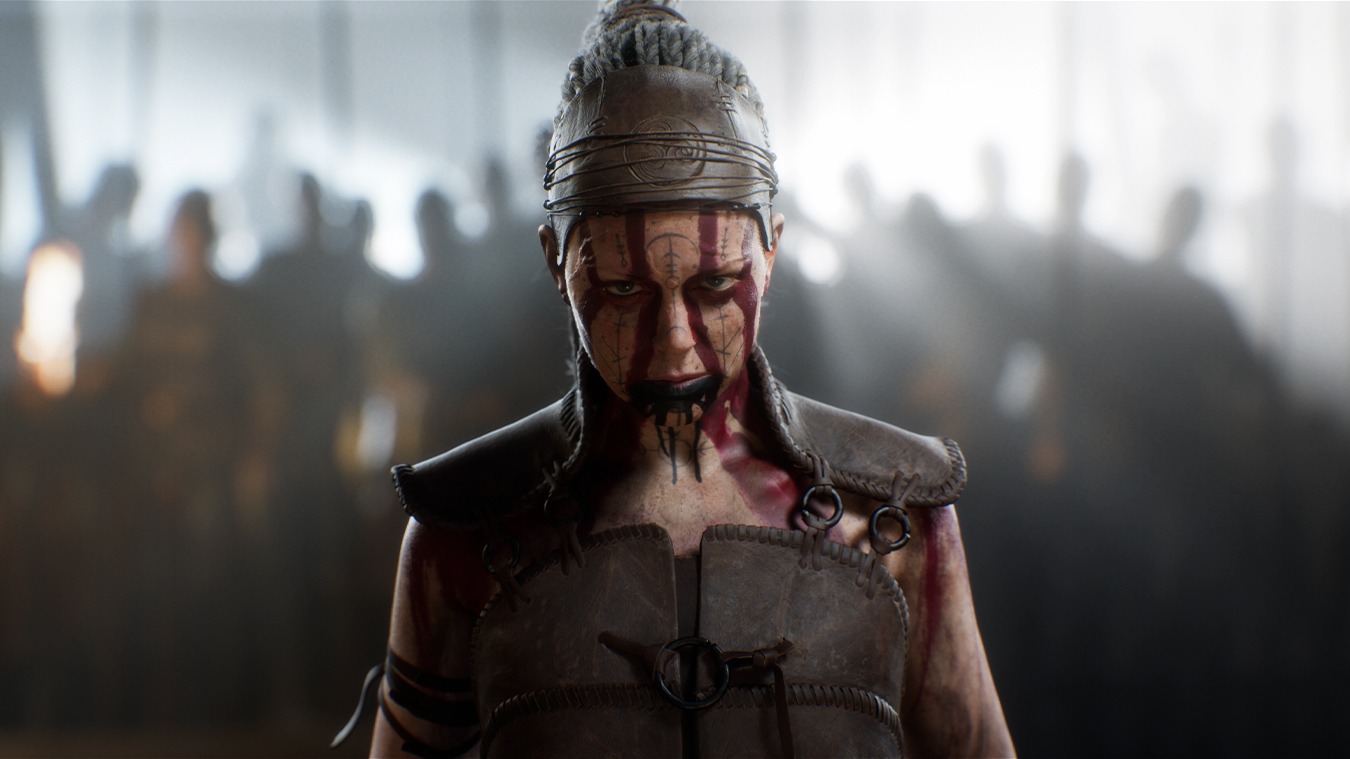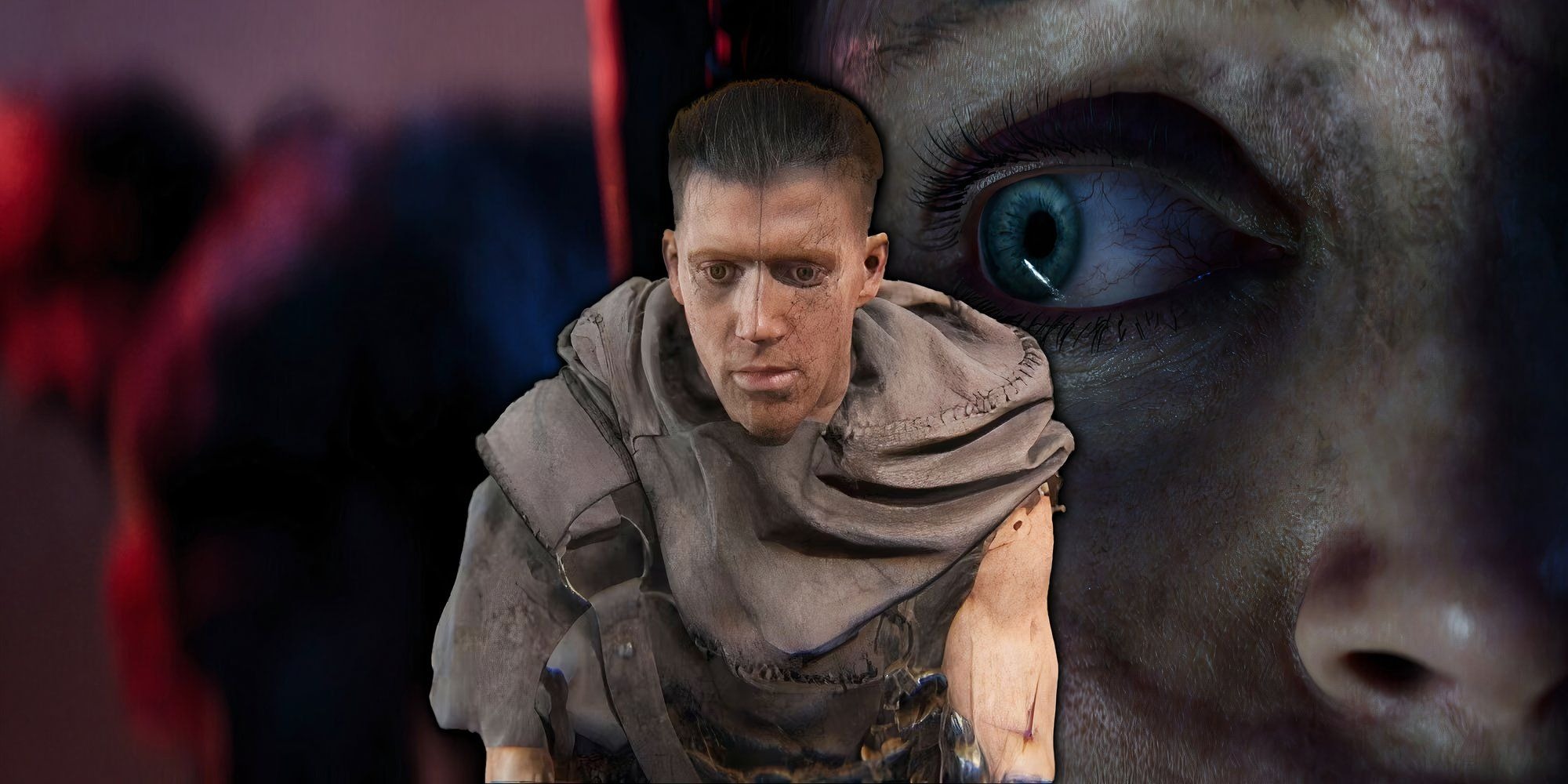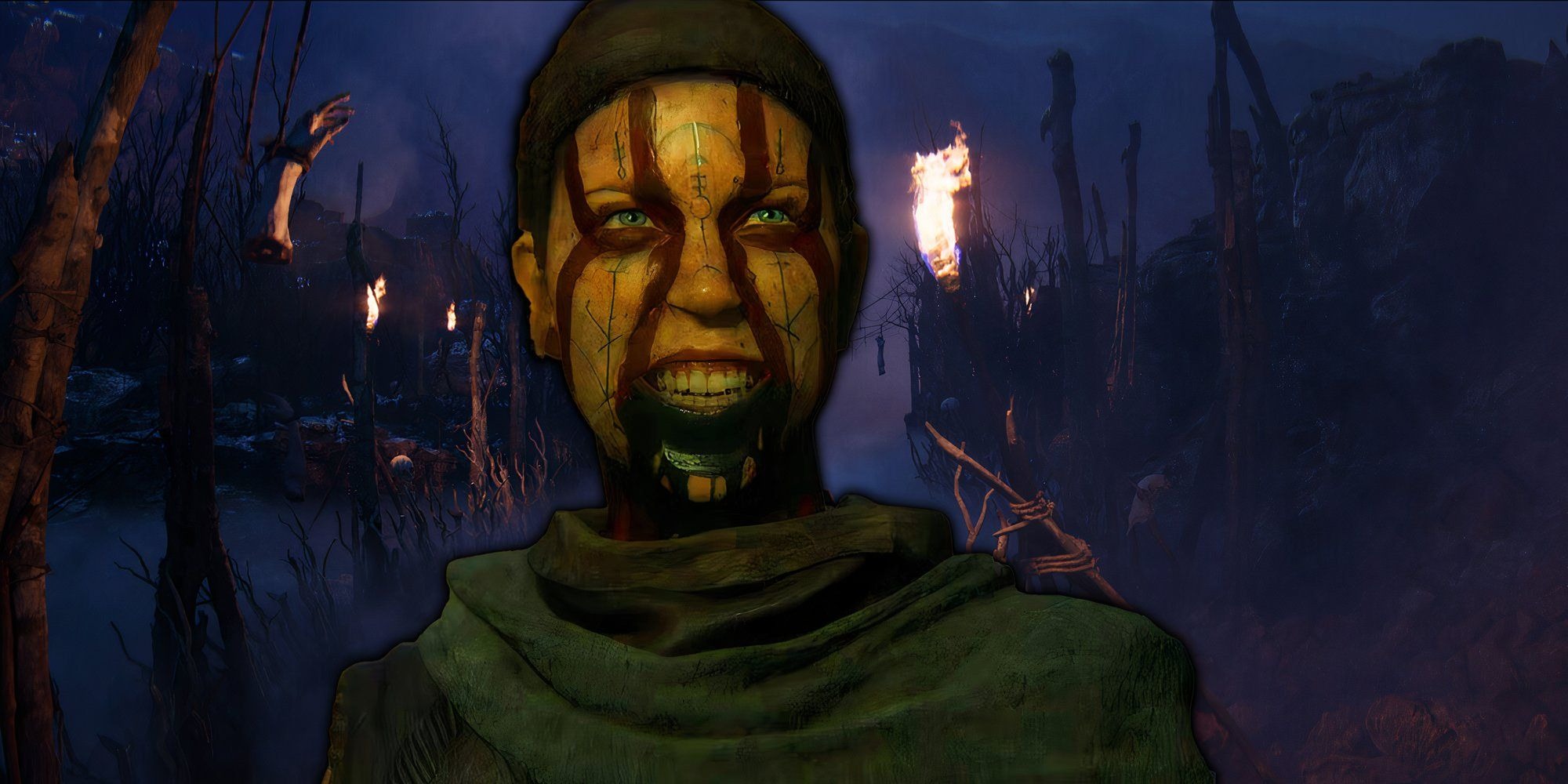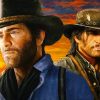Senua’s journey in Hellblade 2 follows a linear story, but the conclusion still leaves certain parts open to personal interpretation. The game leads to one main ending, which is heavily tied to the game’s core themes. For players who’ve collected the Lorestangir and Hidden Faces.
The ending still raises questions about the true identity and origin of the final giant. As Senua delves deeper into her quest, the Hiddenfolk play a major role in unveiling the secrets of the story. In Chapter VI, titled Borgarvirki, they shed light on the final giant’s identity.

This giant is revealed to be Aleifr, a god-like figure and the father of Thorgestr. Aleifr was once a revered leader who took care of his people during their most challenging times, long before the giants came into existence.
When peace and prosperity replaced hardship, the people no longer needed Aleifr’s leadership. They were thriving, and the need for a leader faded. However, Aleifr craved the power and influence he once held. To regain control, he fabricated the giants.
The phrase “created the giants” remains ambiguous and could be understood in two ways: Either Aleifr summoned real giants to his land, or he invented the concept of giants to explain the natural disasters occurring around him.
The latter interpretation seems most likely, as it aligns with his desire to rule through fear.
The Giants’ True Nature
One giant, Illtauga, represents the fury of volcanic eruptions. In her struggle to confront and free Illtauga, Senua battles alone, suggesting that the entire encounter might have occurred within her mind.
As she journeys through caves and tunnels, seeking Illtauga’s true name, she also leaves her real child for the Hiddenfolk to care for. Sjavarissi, another giant, embodies the storms at sea. The situation surrounding him, however, is more complex because other characters joined Senua on the beach to face the giant.
Thorgestr claims to have seen Sjavarissi turn into stone, but a replay of the game with different narrators suggests that Senua isn’t the only one who can perceive the unseen.
This introduces the idea that the fear caused by volcanic eruptions and devastating storms might make people perceive these mythical giants, even though they may not exist in the way they’re believed to.
The third and final giant, the Tyrant, doesn’t even appear as a true giant. Throughout her battle, Senua begins to realize that Aleifr, once believed to possess supernatural strength, is merely a man. As she continues to gain the upper hand, she finally declares, “There are no giants. It’s just you, Aleifr.”
This remark reinforces the idea that the giants were mere stories told by Aleifr to maintain control over his people. As the battle between Senua and Aleifr progresses, his physical form starts to wither. He grows older, weaker, and more fragile than before.
The once-omnipresent orange fog begins to lift, revealing the crowd and exposing the lies Aleifr had spun to retain his power. In this moment, some voices from the crowd call for Aleifr’s execution, but Senua chooses not to follow that path.
Senua’s Final Choice and Her Path Forward
At the climax of the game, Senua is faced with a crucial decision: Should she continue to rule through fear, following in the footsteps of her father and Aleifr? Or should she carve her path, rejecting the temptation to become a tyrant?

Through her internal growth, Senua understands that there is always a choice in how she leads her life. She doesn’t have to be a reflection of either her father or mother, even though their voices echo in her mind as both positive and negative influences.
The narrator’s words during the final scene, “Her story is not yet written,” serve as a reminder that Senua has the power to forge her own identity and make decisions free from the constraints of her past. She chooses not to face her battles alone, despite the voices in her head encouraging isolation.
This moment marks her ability to choose her path and embrace the future on her terms.



